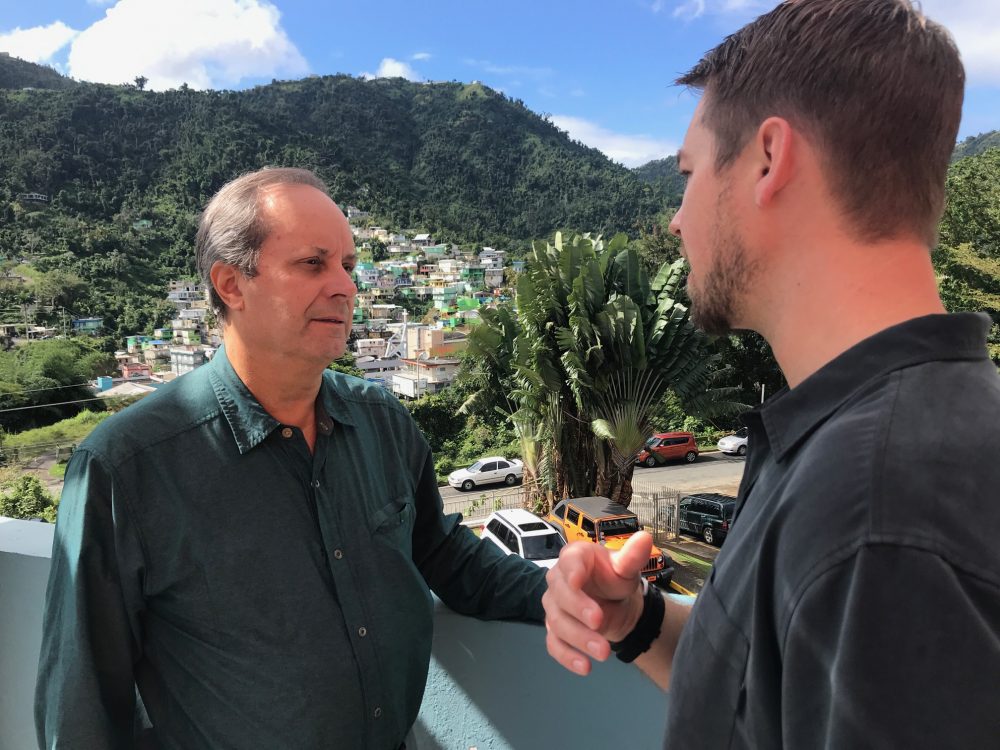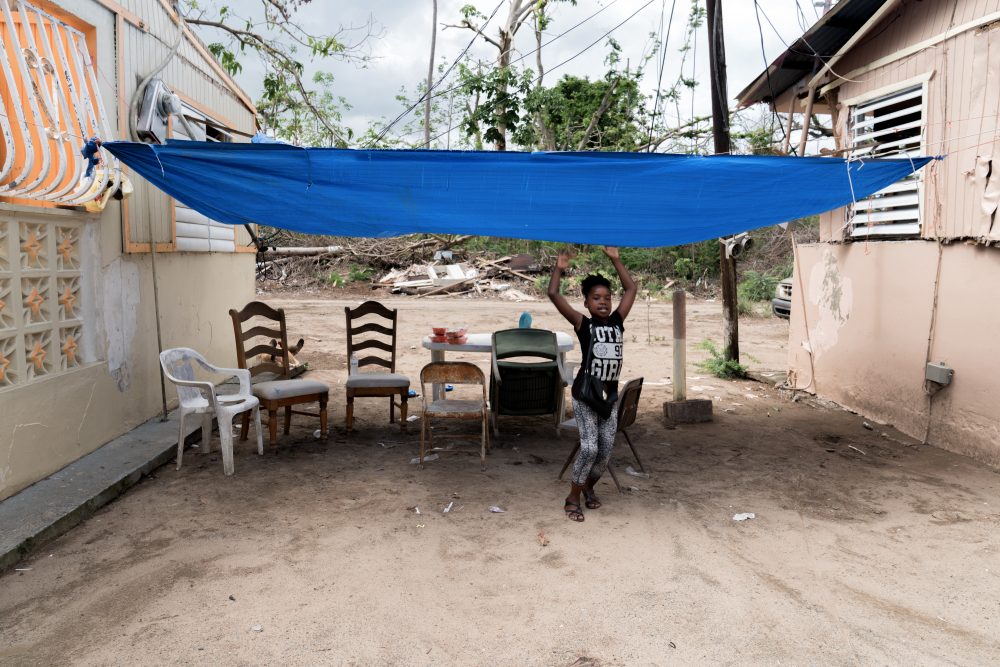Departing Reflections on the State of Disaster Philanthropy
This is my final blog for the Center for Disaster Philanthropy (CDP) in my current capacity. After nearly eight years as the inaugural president and CEO, it is a bittersweet time. I have loved my work here at CDP and have great admiration for the staff, board and our many partners, donors and grantees. But […]

This is my final blog for the Center for Disaster Philanthropy (CDP) in my current capacity. After nearly eight years as the inaugural president and CEO, it is a bittersweet time. I have loved my work here at CDP and have great admiration for the staff, board and our many partners, donors and grantees. But it’s a big world and I have many more things I want to do.
Before I leave, I thought I would share with you some of my impressions about the state of disaster-related activity and disaster philanthropy:

- Better Understanding. I sense a growing understanding among donors of the need for supporting planning, preparation, mitigation and long-term recovery – as well as the more customary interest in immediate relief. It is by no means standard practice yet, but awareness is growing and we are seeing a slow increase in resources. I like to think our educational tools and in-depth information about disasters and disaster giving have helped make a difference.
- The Media. Media coverage is a big help and yet, frequently very harmful. Coverage, particularly of disasters, helps generate awareness, prompts people to get out of harm’s way and stimulates most philanthropic contributions. To be frank, there would be very little disaster philanthropy without media coverage. On the other hand, media coverage is generally sensationalist, melodramatic, short-term and incomplete. Media has a very short attention span and misses more of the full arc of the story than it gets.
- FEMA. FEMA is an enigma. Our country can’t do without it. The agency has significant amounts of money – some would argue not enough – and many hard-working, dedicated employees. I applaud its recent intention to put more focus on mitigation. Yet, it has had uneven top management for years and is mired in rules, regulations and red tape. Unfortunately, disaster funding for FEMA is also getting caught in the political wars as disasters are becoming more frequent and costly. Better political agreement on the role of FEMA and how to fund disaster response would help, but that seems unlikely any time soon.
- Immediate Relief. In my opinion, our nation’s immediate response to disasters is pretty good and getting better. For most people, for most disasters, response and recovery are generally available soon after disaster strikes. FEMA plays a big role. More and more states are developing excellent Emergency Management Departments. Ironically, we still depend significantly on voluntary nonprofit organizations to carry much of the load. Fortunately, VOADs and local COADs are improving, although unevenly. Faith-based organizations and nonprofit organizations are experienced service providers and do excellent work.
- Recovery. Long-term recovery, however, still has a long way to go. Funding comes from a “crazy quilt” of resources, including FEMA, several federal agencies, states, insurance, volunteers and disaster philanthropy – each with its own set of rules, regulations and time lines. Due to the unpredictable nature of resources and the lack of central management, recovery is frequently uncoordinated, uneven, under-funded, incomplete, painfully slow … and often forgotten.
- Funders. A distressingly small number of funders consider themselves to be “disaster philanthropists,” even though they contribute to disaster work. Most are still only occasional donors, motivated by various reasons, including proximity to the disaster, magnitude of event, employee interest, etc. However, as the number of disasters increases, we are seeing the number of donors and dollars growing for CDP’s work focusing on vulnerable populations and medium- to long-term recovery. I leave CDP hoping the day will come when a large coalition of like-minded disaster philanthropists is formed with a mission and a commitment to regular and consistent funding for the full life cycle of disasters.
I thank you for your interest in our work and wish all of those in the CDP community continued success in making disaster philanthropy more strategic and intentional.
More like this

Raise Your Hand If You Are a Disaster Funder

